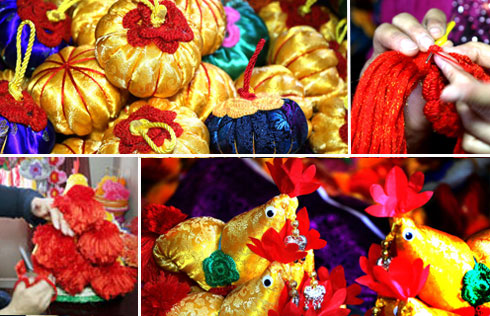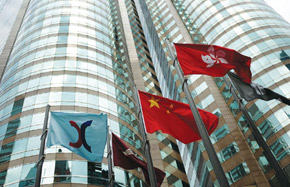High-end steel manufacturer goes green after being in red
A state-of-the-art steel mill in Zhanjiang has helped transform the industry in China after switching to high-end production.
Six years ago, one of the major players in the sector, Baosteel, rolled out the Zhanjiang Baosteel project, a long-term plan to boost profits.
It was designed to cope with rising demand for high-quality steel in South China and emerging markets in the Belt and Road economies.
The decision was in line with the government's plans to reduce overcapacity in the industry amid supply-side reforms.
As part of the strategy, Baosteel cut production by about 20 million metric tons at its Shanghai and Guangdong mills.
The company then built a new 12.58-square-kilometer plant in Zhanjiang, which started production last year.
"Zhanjiang Baosteel is positioned to become the world's most efficient green production base for carbon steel," said Sheng Genghong, vice-president of Baosteel and head of the Zhanjiang project.
The switch to producing high-quality carbon steel instead of crude steel is starting to pay off.
Carbon steel output for the automobile industry reached 800,000 tons in the first six months of this year as domestic demand soared, particularly for new energy vehicles or NEVs.
"They require thinner and stronger materials," Sheng said.
Market services company GF Securities Co Ltd expects demand for automotive steel in China to reach 63 million tons this year and 71 million tons in 2020.
By moving into the high-end marketplace, Zhanjiang Baosteel has tapped into a profitable part of the business.
In the first half of 2017, it bounced back into the black after recording a net profit of 1.35 billion yuan ($203 million), the company revealed.
Last year, the steelmaker went into the red after making a loss of 700 million yuan, according to the annual report.
Still, protecting the environment is just as crucial as generating profits, Zhanjiang Baosteel pointed out.
Nearly 5 billion yuan of the 50 billion invested in building the seaside plant was allocated for environmental protection-the largest amount by a domestic iron and steel manufacturer.
"We are trying to build a steel factory with the least emissions and the highest efficiency in utilizing resources in the world," Sheng said.
High-tech solutions have been used to reduce harmful gases, while waste water is recycled to protect the environment. Technology is also being used to see if "steel slag", or waste from the production process, can be turned into artificial reefs to boost marine wildlife.
"The Zhanjiang plant is the world's best steel factory in terms of production quality and environmental protection," Wang Yingsheng, deputy secretary-general of the China Iron and Steel Association, told a forum in Shenzhen during the summer.


















